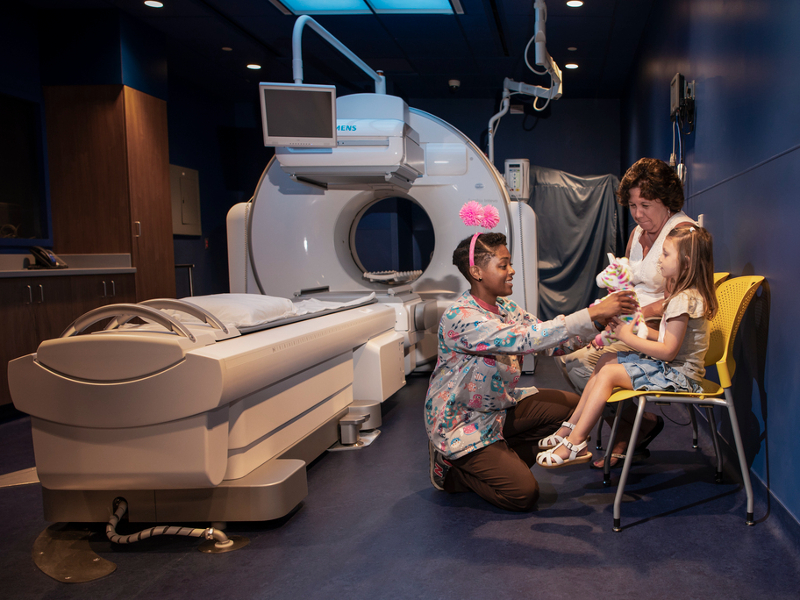Treatment
Pediatric Dialysis Fistula or Graft Intervention
There are two types of permanent vascular access for dialysis: arteriovenous (AV) fistula and arteriovenous (AV) graft. A surgeon creates an AV fistula by connecting an artery directly to a vein, most commonly in the forearm. Alternatively, a surgeon creates an AV graft by connecting an artery to a vein using a synthetic tube or graft. Sometimes the blood flow from an AV fistula or AV graft becomes too low due to a narrowing, a blood clot, or the formation of a collateral (accessory) blood vessel that is diverting blood flow. An interventional radiologist can correct these problems with fistula intervention or graft intervention.
Frequently Asked Questions
How is a dialysis fistula or graft interventions performed in children?
Will my child be awake during a dialysis fistula or graft intervention procedure?
Will my child be in any pain during a dialysis fistula or graft intervention?
How long does a dialysis fistula or graft intervention procedure in children take?
What risks are associated with a dialysis fistula or graft intervention procedure in children?
How can I help my child prepare for a dialysis fistula or graft intervention procedure?
What happens after a dialysis fistula or graft intervention procedure?
When can my child bathe after a dialysis fistula or graft intervention procedure?
Are there any activity restrictions after a dialysis fistula or graft intervention procedure in children?
Contact Children's National Hospital immediately if your child experiences any of the following:
Meet the Providers Who Offer Dialysis Fistula or Graft Intervention
Departments that Offer Dialysis Fistula or Graft Intervention

Interventional Radiology
Children's National interventional radiologists perform a full range of minimally invasive, image-guided procedures to both diagnose and treat disease in infants, children and adolescents. Learn more about how we help children in our care.

Help Kids and Make a Difference
Invest in future cures for some of life's most devastating diseases. Give today to help more children grow up stronger.







